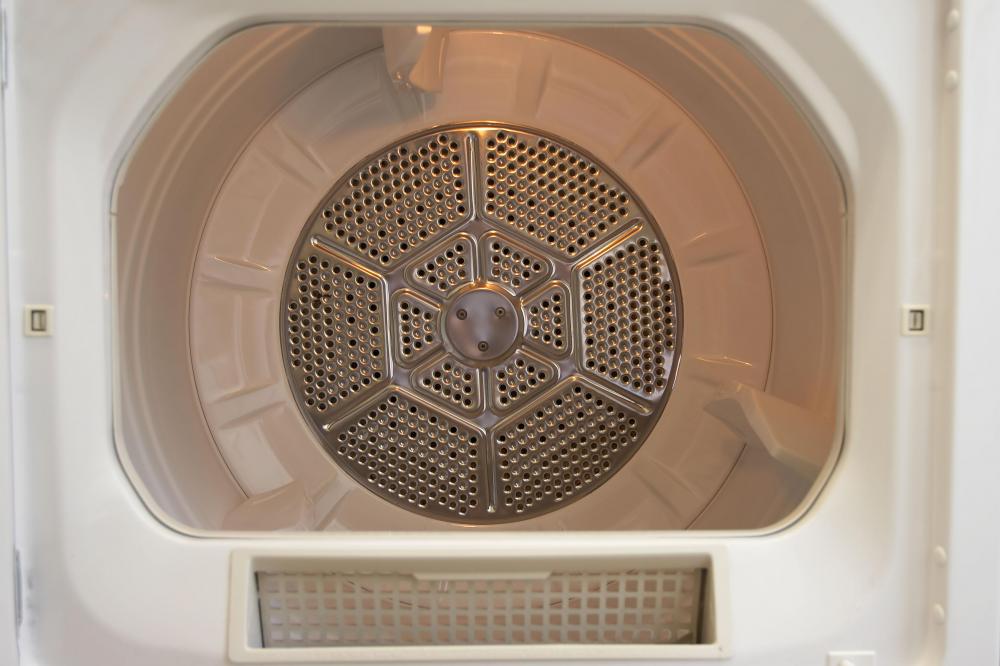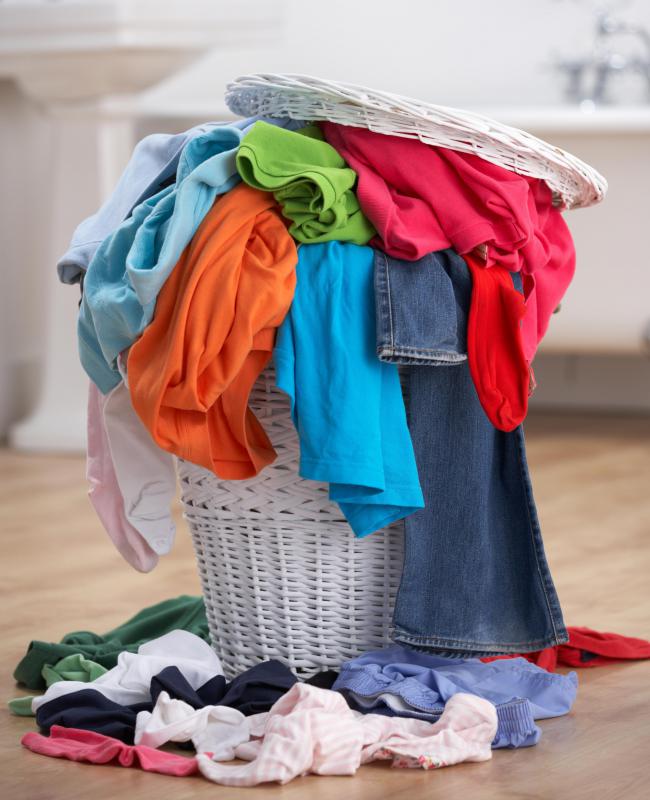At HomeQuestionsAnswered, we're committed to delivering accurate, trustworthy information. Our expert-authored content is rigorously fact-checked and sourced from credible authorities. Discover how we uphold the highest standards in providing you with reliable knowledge.
What is a Lint Catcher?
A lint catcher goes by other names, such as a lint trap or a lint filter. The term is usually used in reference to a filter in a clothes dryer, which collects lint from clothing as it dries. It is a helpful tool that protects clothing and keeps it newer looking for longer. However, it is important to make sure that the lint filter is thoroughly cleaned each time the dryer is used.
Any time lint builds up or the lint filter gets clogged, it not only diminishes the performance of the dryer, but it can also be dangerous. Your dryer will not dry clothes as thoroughly or as quickly as it should due to reduced air flow, and your clothes will also have more wrinkles. More importantly, lint particles can be very flammable, and when built up lint and debris is exposed to the heat of the dryer, fire can result.

Aside from the lint catcher, it is also important to keep the vent hose or vent duct free of debris. Again, doing so will help improve your dryer’s performance and reduce the risk of fire. There are special brushes available that make it easier to keep your lint catcher as well as your vent clean.
There are other assorted lint devices available, such as lint catcher balls. These small balls are covered in micro fiber, which grabs lint and other particles off your clothes as they tumble in the dryer. Just throw them in the dryer with clothing and you can dramatically reduce the amount of lint that collects on your clothes as well as in the lint filter.

You can also purchase a lint catcher for your washing machine. A common design is a lint filter connected to the washer's discharge or drain hose that filters the wash water, removing lint and other debris before it reaches the utility sink or drainage pipe. This type of lint catcher can help prevent clogged pipes as well as septic system damage.
AS FEATURED ON:
AS FEATURED ON:















Discussion Comments
I'd never heard of a washing machine lint catcher until I read this article. Sometimes I'll see little bits of paper from things like receipts and facial tissue in the washing machine and wish they could be trapped somehow before going into the dryer. My dryer lint catcher does a decent job, but I can see where lint catcher balls or a lint catcher in the washing machine would cut down on the volume of lint it traps.
I have been extra diligent about cleaning out my dryer lint catcher after my neighbor's laundry room caught on fire. He said the fire probably started when the gas dryer overheated and set the lint catcher on fire. He admitted that he didn't always empty the dryer vent lint catcher as often as he should.
Cleaning out my own lint trap has almost become an obsession now. I dried several loads of towels the other day and couldn't believe how much lint they generate. If I didn't clean it out religiously, there would have been plenty of fuel for a fire.
Post your comments